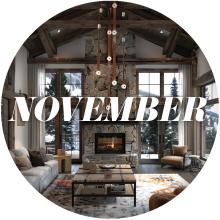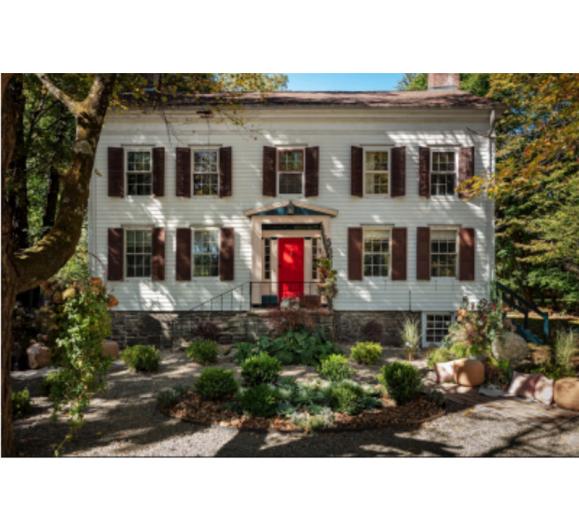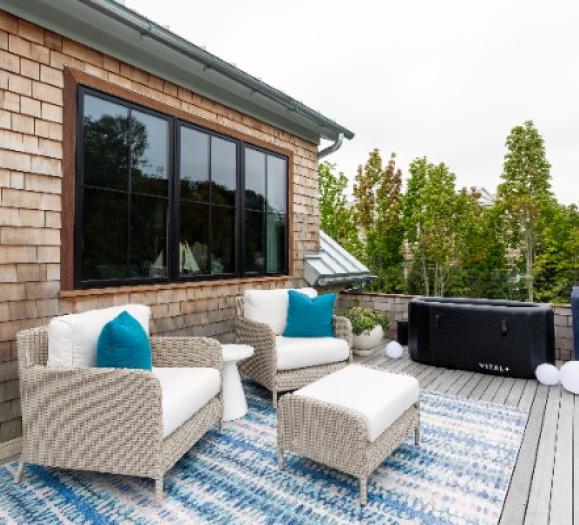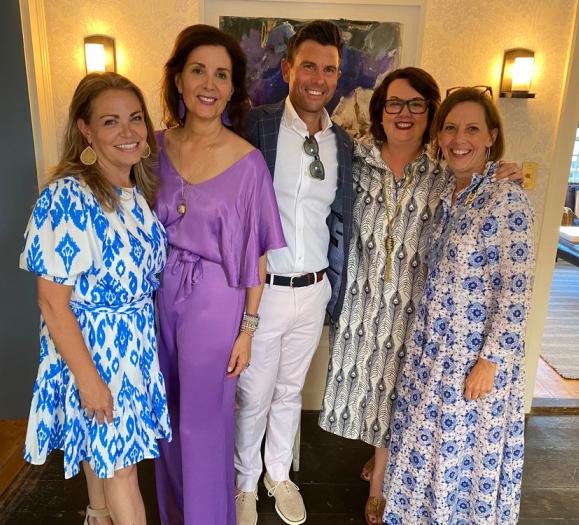When Thom Filicia was in sixth grade, he was enrolled in an advanced art class. This setting is where he first started designing houses, and this served as the initial spark that brought design into his day-to-day life. This passion for interiors carried throughout his education, the start of his own interior design business, and success in television, product design and more.
Filicia graduated from Syracuse University with a degree in interior design, and after graduation got straight to work interning for New York City firm Parish-Hadley, which eventually hired him full-time. After stints working for Robert Metzger Interiors and Bilhuber & Associates, he opened Thom Filicia Inc., which celebrated its 20th anniversary last year. Filicia’s resume includes high-profile celebrity clients, hit television shows and product licenses across the whole home.
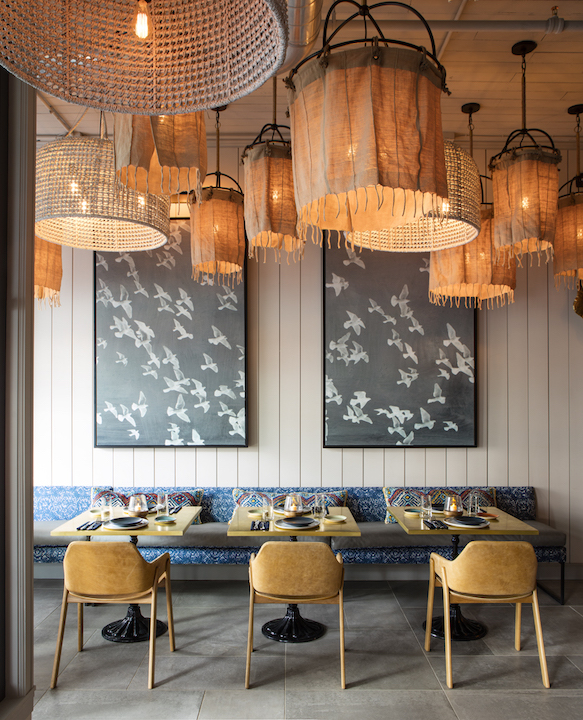
Although he started out doing primarily residential work, he has expanded his practice to include hotels, restaurants and work with developers on large-scale multifamily buildings.
“I actually like doing [both residential and commercial projects], and I think they cross pollinate very well,” Filicia says. “I think that the level of refinement and personalized design that you do in residential connects very well with the commercial world, and vice versa. There’s innovation and pushing the envelope and a little bit of fantasy when it comes to commercial work, so it’s kind of fun to have both of those influences work in tandem.”
On the Small Screen
In 2003, Filicia joined the cast of the new Bravo television show, “Queer Eye for the Straight Guy.” The premise of the show — and of today’s Netflix hit by a shorter name — placed the Fab Five, each with his own area of expertise, in the life of someone in need of a lifestyle makeover. Filicia was the interior design expert, whose job it was to get a sense of the subject’s style and redesign their home.
“Queer Eye” is a makeover show, but at its heart it’s a show about changing lives. Personal style, whether expressed via fashion, grooming or interior design, may seem simple on the surface, but when accessed properly it can have a huge impact on someone’s overall quality of life.
“Everybody should hopefully experience a really thoughtfully designed environment because I do think it changes the way people feel about that experience,” Filicia says. “I think that experience also influences the way we behave, the way we live, the way we relax, the way we work, the way we dine, the way that we just live our lives. Having well-designed, thoughtful environments really is a great springboard for a well-lived and enjoyable experience.”
Most recently, Filicia appeared on the Bravo show “Get a Room with Carson & Thom” with fellow “Queer Eye” alum Carson Kressley, the show’s fashion expert.
Kressley is not a designer by trade, but is a “designphile,” according to Filicia. On the show, the duo works to transform a space for a client, combining Filicia’s interior design know-how with Kressley’s style and fashion sense. Kressley’s enthusiasm helps make interior design more approachable for the average viewer, Filicia says.
“In a lot of ways I think Carson represents a lot of the people that watch our television show,” Filicia says. “They’re people who really like design, but maybe are looking for ideas or inspirations because design is not really in their wheelhouse. I think sometimes it's nice for them to see Carson having fun and also being a part of the process, but understanding it in the same way that the homeowner understands it, which is where they're excited about design, but they're also a little worried about some of the decisions they're making and they might need some advice or handholding along the way.”
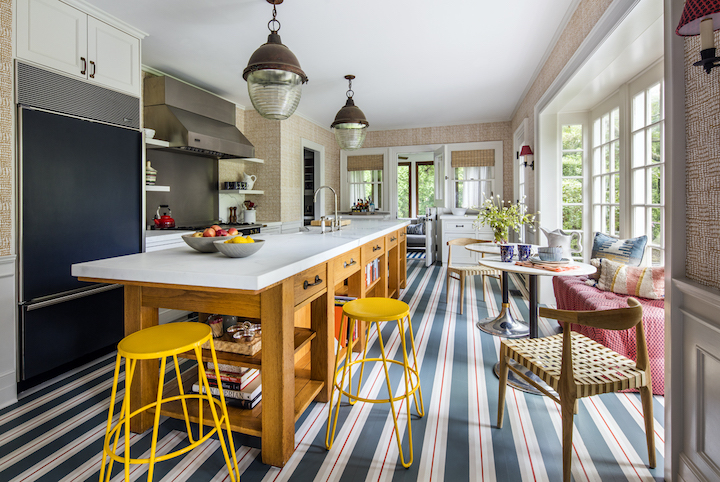
Pivoting to Products
Filicia entered the world of product design in 2008 when he began work on the Thom Filicia Home Collection. Since then, he has developed relationships with a number of vendors to make his furniture designs come to life.
Filicia likens the experience of choosing manufacturers to work with to developing a new friendship.
“You court them a little bit, they court you, and you get to know their personality and the way they do business,” he says. “Hopefully you find partners that are on the same page and you feel like you have similar goals and similar points of view. It’s also nice when there’s some differences so that they bring something specialized and a little bit unique and a different approach to table, so you kind of elevate each other.”
In 2013, Filicia opened Sedgwick & Brattle, his first to-the-trade showroom, which houses the Thom Filicia Home Collection as well as a curated selection of new and vintage items from around the world.
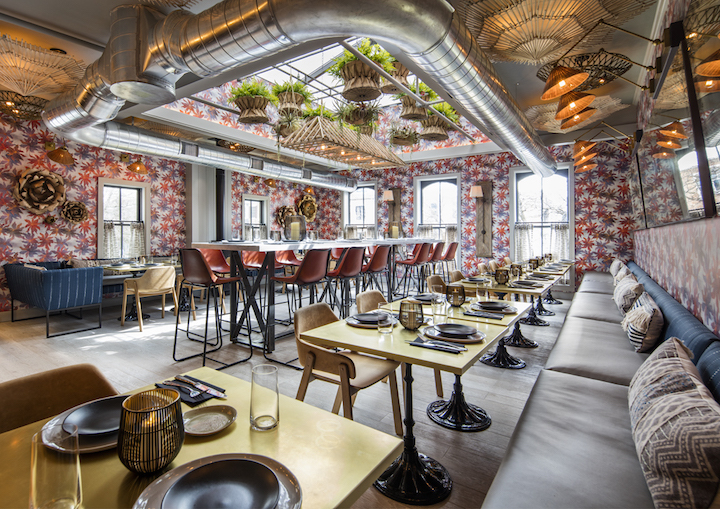
The Business of Design
At the center of all these projects is Filicia’s love of design. As for his personal design philosophy, he thinks balance is key.
“I think it’s really about creating that balance, based on where the design is located, the architecture, the lifestyle of the people that live there, or the brand or whoever we’re working with,” he says. “There are important design influences along the way, but we’re really balancing all of those things and making them tell a very authentic, natural and great story that makes sense, that has a soul and feels authentic.”
The design trend Filicia sees coming down the pike is something viewers of “Queer Eye” and Filicia’s other shows might be familiar with: personality. He says well-layered, thoughtful design that doesn’t feel “catalogy or showroomy” is going to be the next big thing in interiors. Well-curated designs that feel both modern and timeless and tell a story are becoming more important to clients.
“They want things that feel like they’re going to be rooted, that will maintain a level of integrity and design, but that also feel fresh and crisp and up to date at the same time,” Filicia says. “I think that bringing a lot of personality to the design is really what people are excited about — feeling like their spaces are personalized and tell their story and that it’s not just a pretty room.”
With 20 years under his belt, Filicia knows a thing or two about running a business. For most of those years he has balanced his business with the demands of television, and eventually his product licensing gigs. The key to this, Filicia says, is assembling a great team on all sides so every part of your business is moving forward. For new designers, Filicia says the industry is booming, so think about what you want and the steps you need to take to make it all happen.
“I think interior design is such an interesting and well-rounded career,” he says. “From lighting to furniture to residential interiors, commercial interiors, retail, hospitality — there’s just so many different layers to it. The business of design is a field that is really blossoming and I think when you go into it, you should go into it with an open mind and be as curious as you can be because it feels like every couple of years the business of design is becoming more and more impactful and appreciated, and much more multilayered.”
Thom’s Top 3 Designer Tips
1. Trust your instincts.
“Stick to your guns when it’s something that you’re excited about and you think that you love, even if you think it’s a little over the top.”
2. Trust the process.
“Understand the way these things happen, and that design is a dialogue. You’re building this concept, and it’s not McDonald’s. It’s not just a one-stop shop. It’s something that has to percolate.”
3. Don’t take design too seriously.
“You want your interiors to feel like it happened sort of naturally, even though it’s been beautifully curated and thoughtfully put together. You want it to have a sense of easiness and a relaxed attitude, even when it’s very styled. … You don’t want to over-process it so that it starts to become an uncomfortable environment.”

